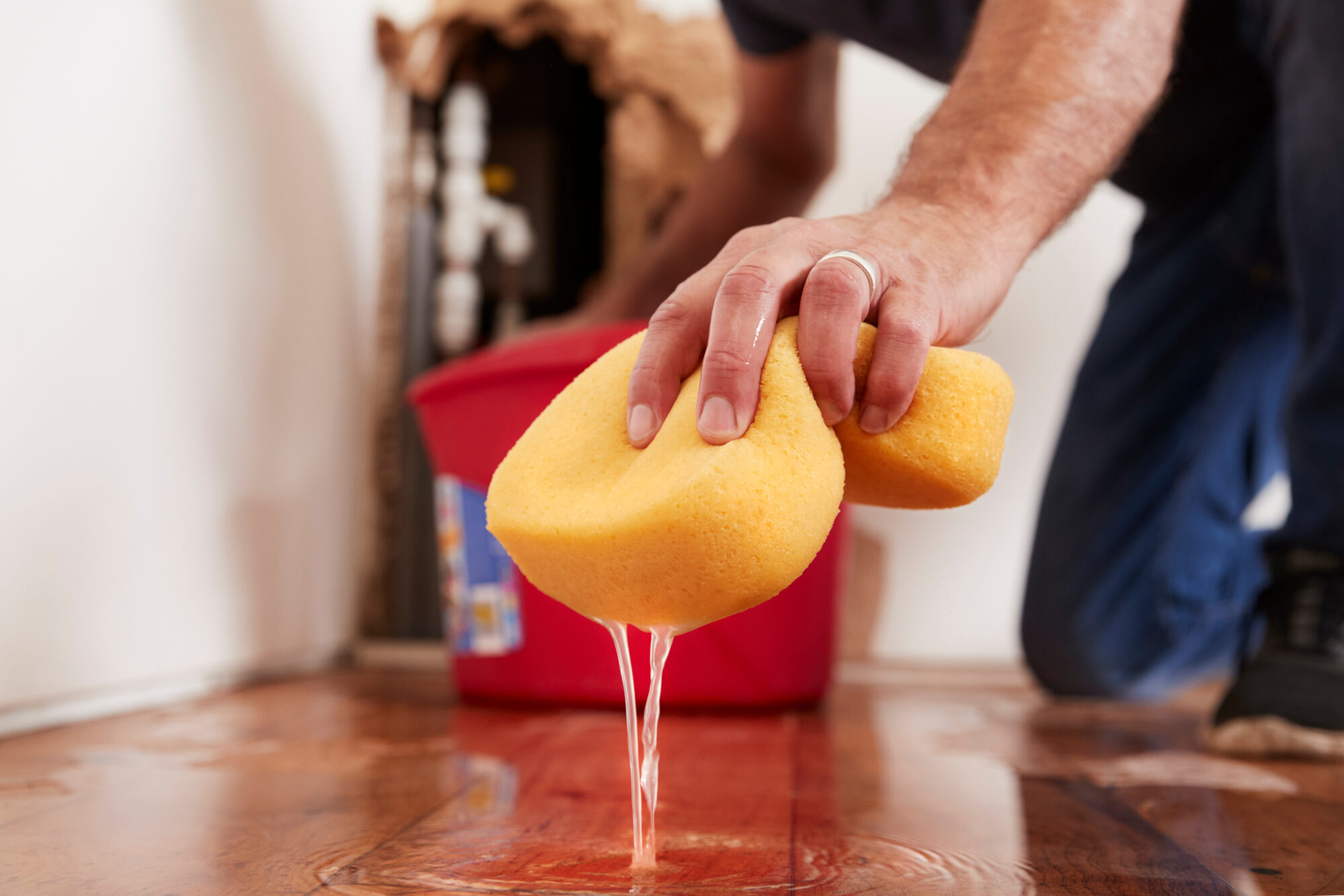
Natural disasters, such as floods, can wreak havoc on our lives and properties. In recent years, climate change has intensified weather patterns, making flooding more frequent and severe. To protect yourself and your assets from the devastating impact of floods, it is crucial to understand and invest in flood insurance. In this blog, we will explore the ins and outs of flood insurance, its importance, coverage options, and tips on how to secure the right policy for your needs.
Why is Flood Insurance Important?
Floods are one of the most common and costly natural disasters, affecting millions of people worldwide each year. Contrary to popular belief, standard homeowner’s insurance policies typically do not cover flood damage. Without flood insurance, you may find yourself facing enormous financial burdens and struggling to rebuild your life after a flood event.
Flood insurance provides a safety net, ensuring that you have the financial means to repair or replace your damaged property and possessions in the aftermath of a flood. It not only safeguards your home but also offers peace of mind, knowing that you are prepared for the unexpected.
Who Needs Flood Insurance?
Many homeowners mistakenly believe that flood insurance is only necessary for those residing in high-risk flood zones. However, the reality is that floods can happen anywhere, and approximately 25% of flood insurance claims come from areas deemed moderate-to-low risk.
To determine your flood risk, consult FEMA’s Flood Map Service Center or contact your insurance provider. Even if you are not in a high-risk zone, purchasing flood insurance could be a wise decision to protect yourself against potential future risks.
What Does Flood Insurance Cover?
Flood insurance covers two main categories: building coverage and contents coverage.
1. Building Coverage: This part of the policy insures the physical structure of your property, including the foundation, walls, roof, electrical and plumbing systems, HVAC equipment, and more. It also includes fixtures such as built-in appliances, carpeting, and cabinets.
2. Contents Coverage: This aspect of flood insurance covers your personal belongings, such as furniture, electronics, clothing, and valuable items. Keep in mind that some items, like precious artwork or jewelry, may have coverage limits, so it’s essential to review your policy details carefully.
How to Choose the Right Flood Insurance Policy?
When selecting a flood insurance policy, consider the following factors:
1. Coverage Limits: Assess the value of your property and belongings to determine appropriate coverage limits. Make sure they are sufficient to cover potential damages.
2. Deductibles: Understand the deductible amount you’ll need to pay out of pocket before the insurance coverage kicks in.
3. Premiums: Compare premium costs from different insurers, but also consider the quality of coverage offered. Sometimes, cheaper policies may not provide adequate protection.
4. Exclusions: Be aware of any specific exclusions in the policy, as some items or damages may not be covered.
5. Flood Zone: Evaluate your flood risk and consider opting for additional coverage if your property is in a high-risk area.
Flood insurance is a vital tool for safeguarding your property and assets against the financial devastation caused by flooding. Regardless of your property’s location, the increasing severity of weather patterns demands that homeowners seriously consider investing in this essential coverage. Take the time to research various policies, understand the coverage options, and consult with insurance professionals to find the best flood insurance policy for your needs. By doing so, you can rest assured that you and your property are protected from the unpredictable forces of nature.
Reach out to me anytime to make sure you’re covered in case of an emergency.

